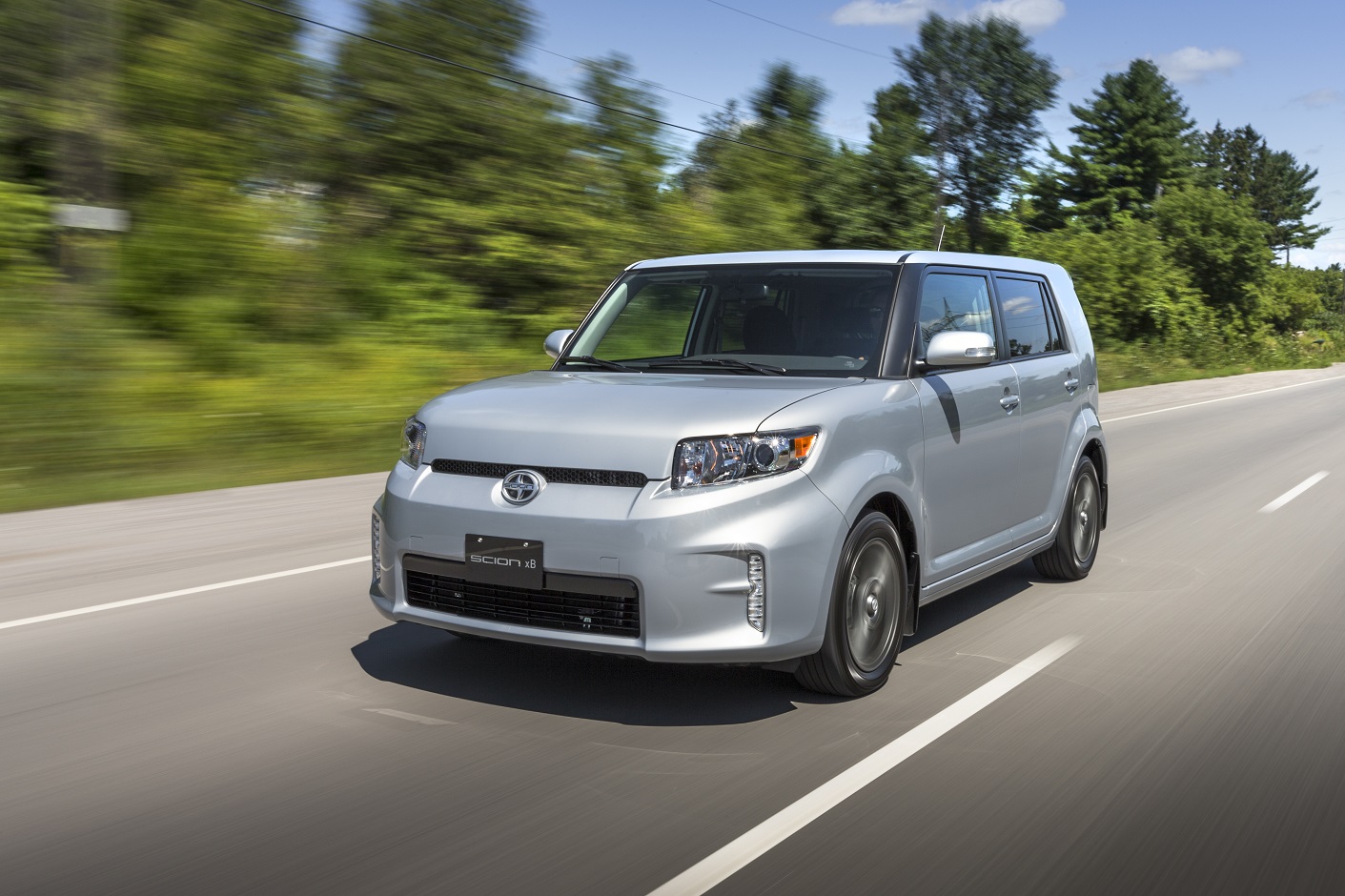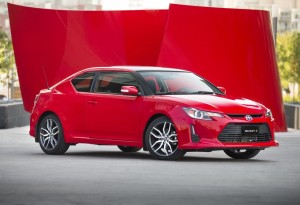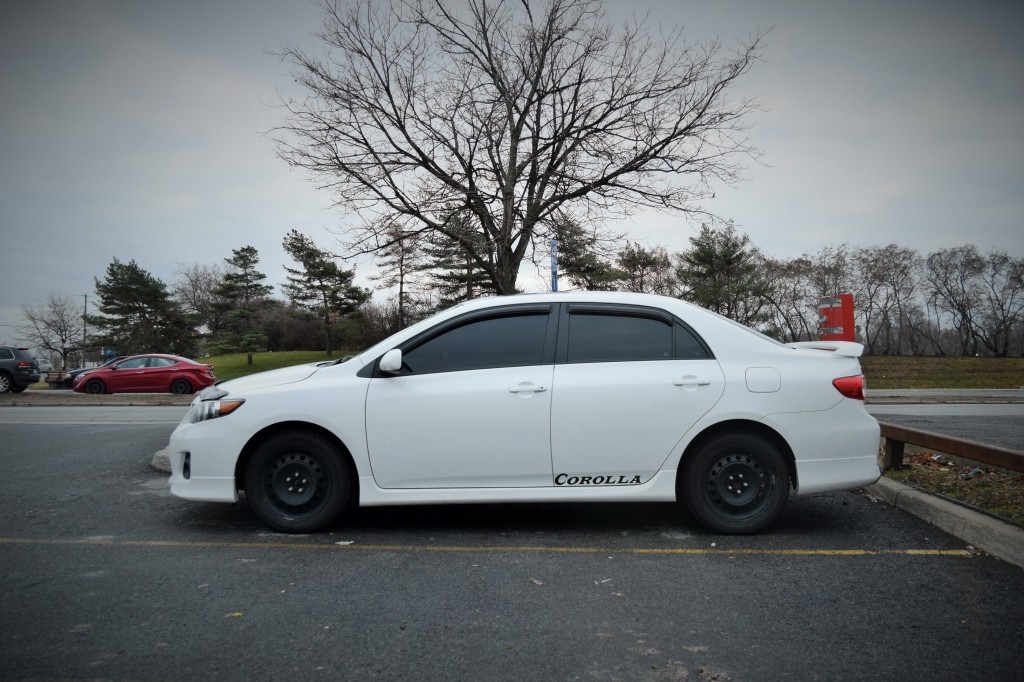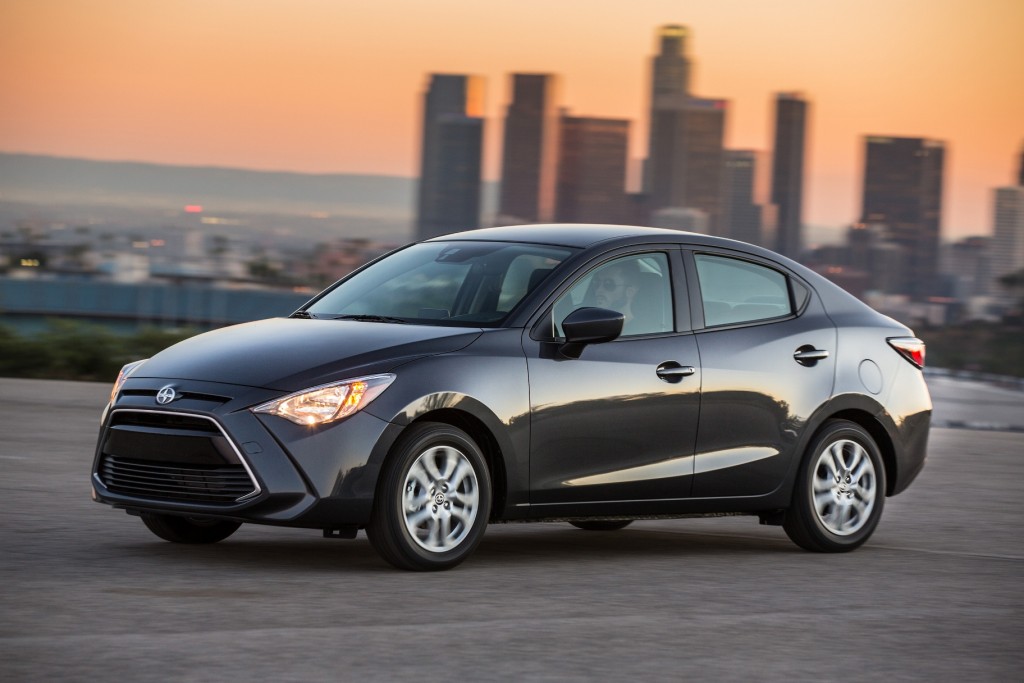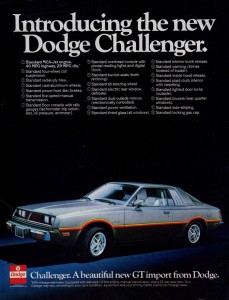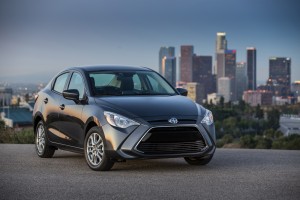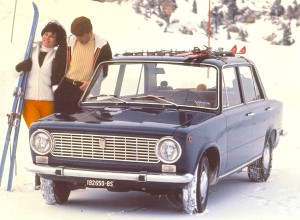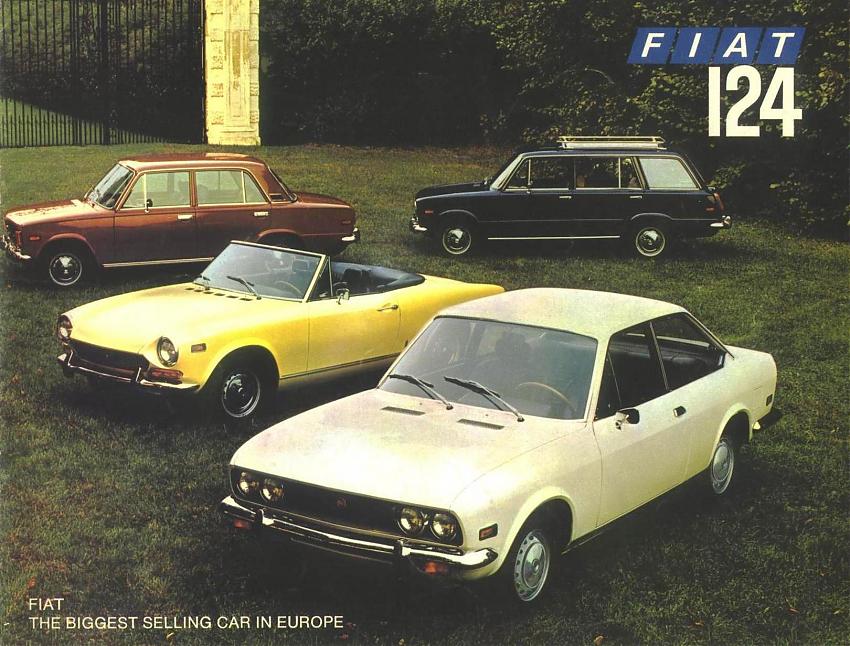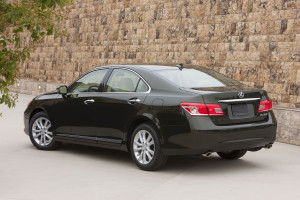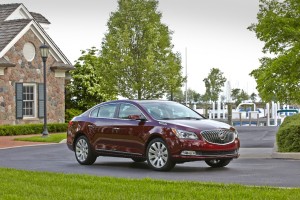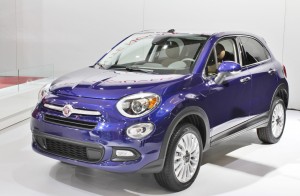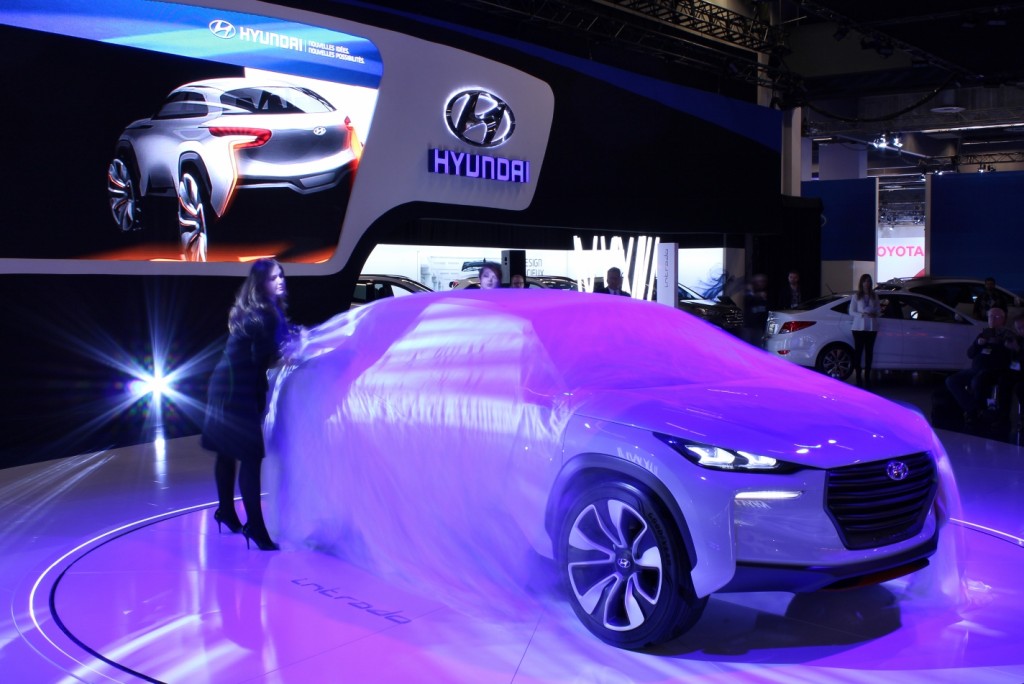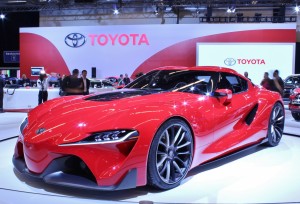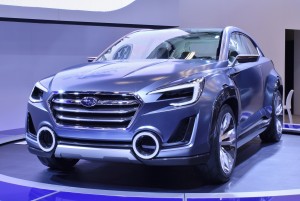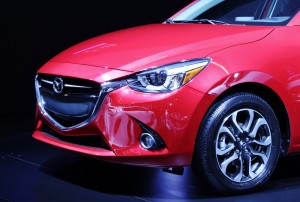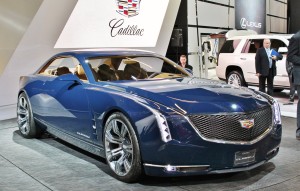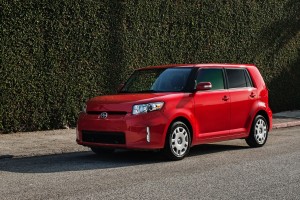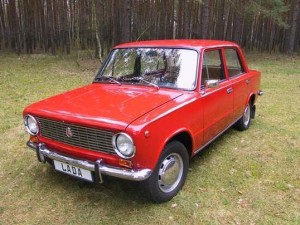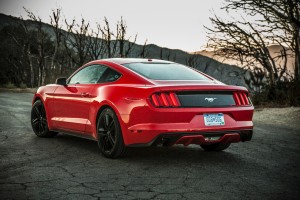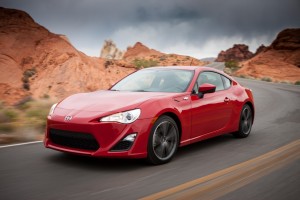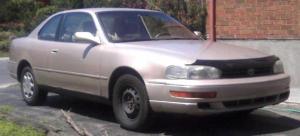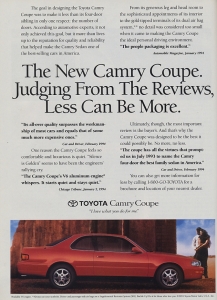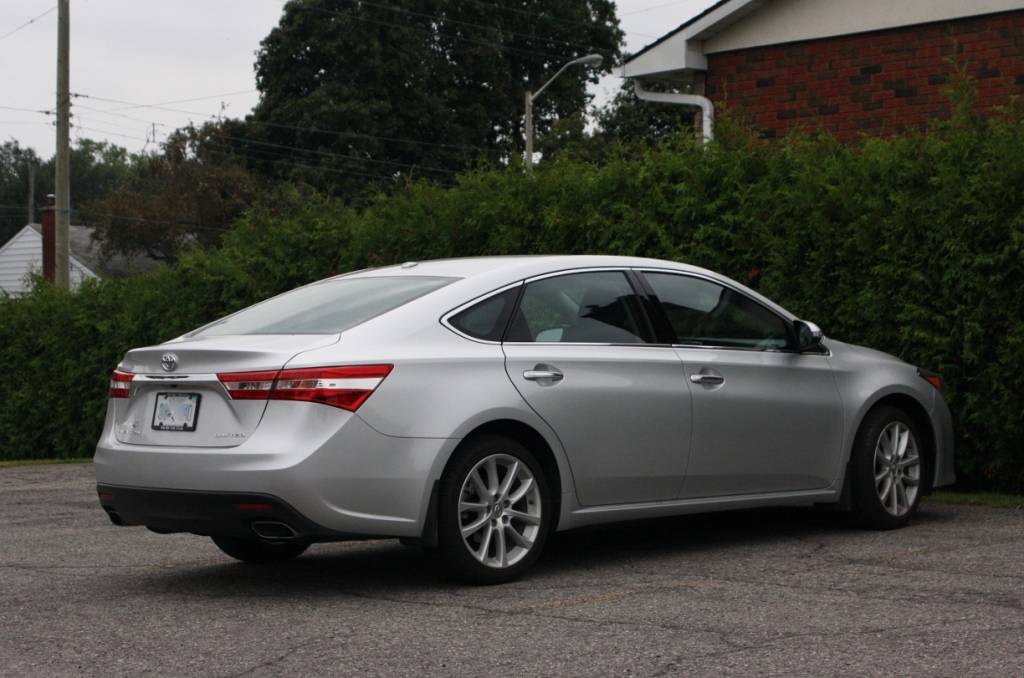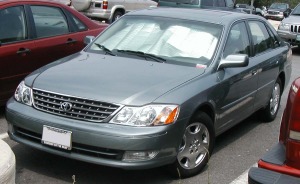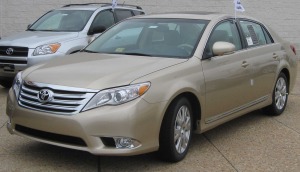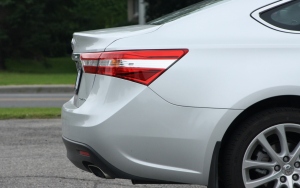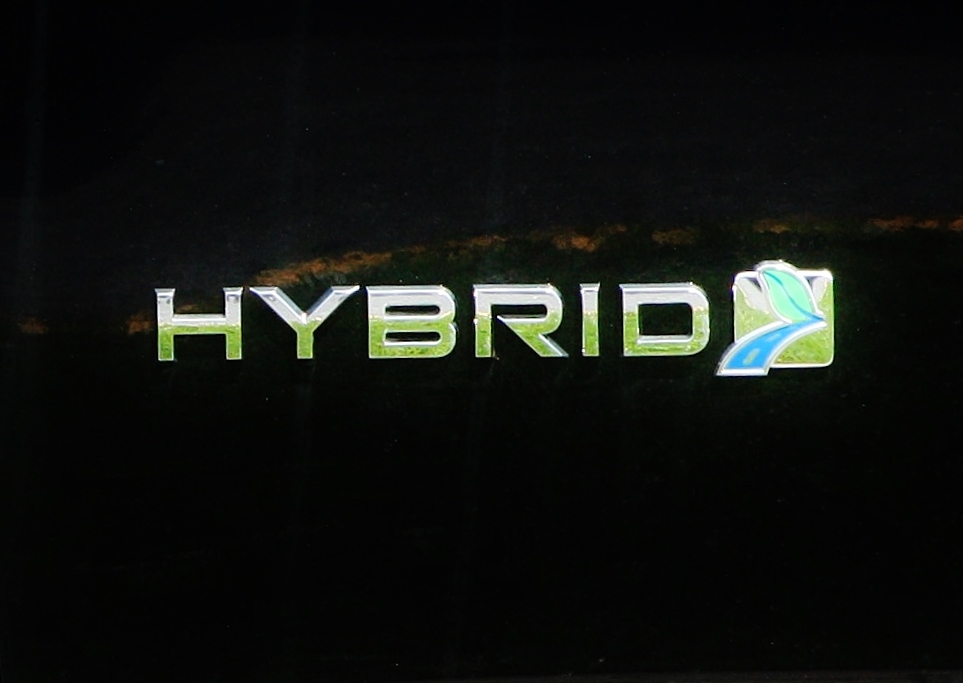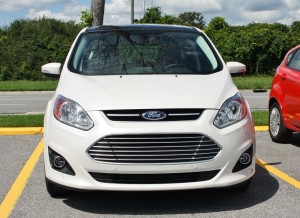The Grim Reaper came for Scion today.
Without being offered a cigarette or a blindfold, the youth-oriented brand was tossed into the dustbin of automotive history by parent company Toyota, ending its 13-year existence in the U.S. and six-year run in Canada.
Scion’s struggles were well known. After blasting into the marketplace on a wave of funkiness, the brand’s aging, increasingly confused models led to a sales freefall over the past several years.
The new 2016 models, regarded as the cars that would reverse the brand’s fortunes, caused a lot of head-scratching. The iM 5-door hatchback seemed more like a Corolla 5-door that escaped off the drawing board, while the iA sedan was simply a badge-engineered Mazda 2.
“What’s the point of these, and how are they related to the original Scions?” lamented several friends, a couple of whom are Scion xB owners.
“Why not just make them Toyotas, if there’s no vision left for the brand?”
Well, that’s exactly what Toyota did. Next year’s (remaining) models will wear a Toyota badge, except for the tC coupe, which is being killed off before that can happen.
Interestingly, but perhaps not surprisingly, Toyota is implying the entire foray into a new brand was just a marketing exercise for the parent company – a way of getting youngsters interested in the brand associated with your uncle’s Corolla, your dad’s Camry, and your grandmother’s Avalon.
“This is the next step to advancing the Toyota brand in Canada,” said Larry Hutchinson, President and CEO of Toyota Canada Inc, in the company’s official news release.
“As a part of the team that established Scion in Canada, our goal was to make Toyota and our dealers stronger by learning how to better attract and engage young customers. This is exactly what we have accomplished and we look forward to expanding our product lineup with exciting product.”
After reading this, you could say that the Scion brand was a success after all!*
*I can see a glass half full, if forced to.
Back in the summer I wrote a post about the strange direction Scion seemed to be going in, and offered up some ideas on how to regain some interest, youthfulness, and, yes, funk to the brand.
Obviously, Toyota brass were not hanging on my every word.
And so, Scion prepares to take its place in the Hall of Former Marques, alongside Plymouth, Oldsmobile, Saturn, Saab, Hummer, Mercury, Pontiac, Eagle, etc, etc. Now, let’s raise a glass in its honour.
However sad or ignominious the end, the people behind the brand deserve credit for taking a chance and heading in a new direction… albeit briefly.
Links:
http://media.scion.ca/releases/scion-brand-to-transition-to-toyota
